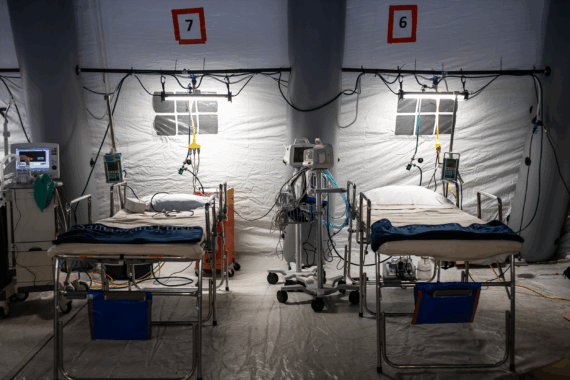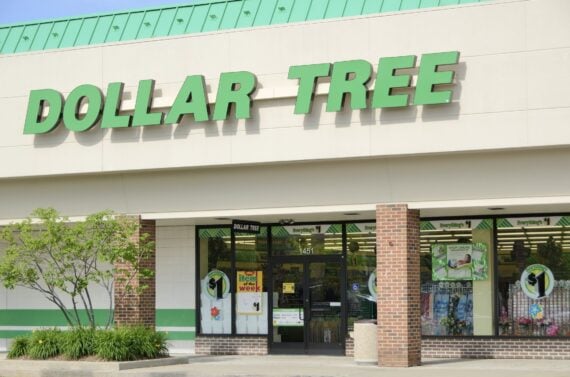Related:
December 2019: First Case
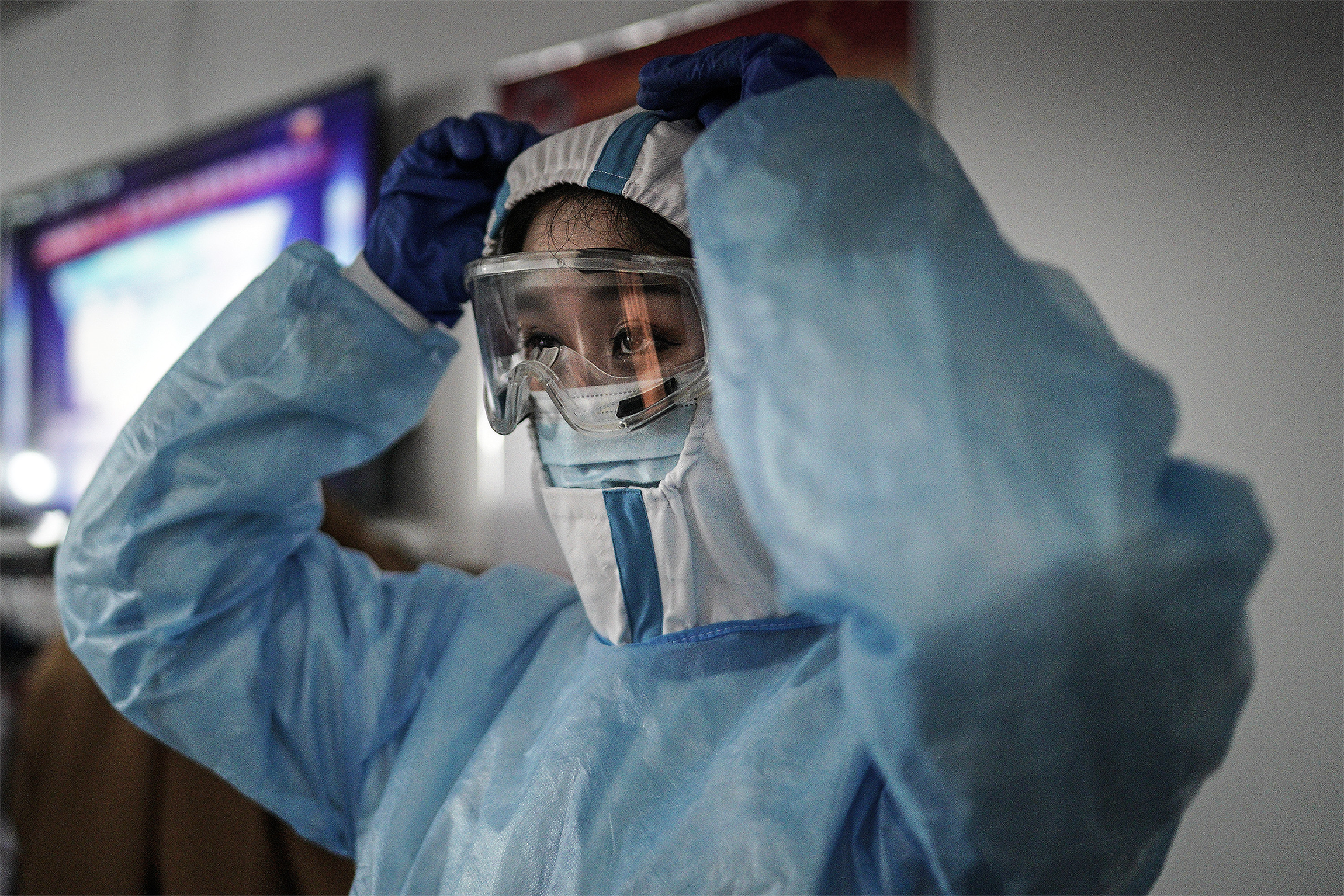
Related: Pandemic Phrases That Have Infected Our Vocabulary
Jan. 1: Epicenter Shutdown

It takes about a month before China officially shuts down the market suspected as being at the center of the outbreak. A notice is posted outside the Huanan Seafood Market that “according to regulations for public health emergencies, the Wuhan Municipal Health Commission’s Hanjiang district bureau decided to suspend the seafood market’s operation to improve its environment and sanitation.”
Jan. 3: World Health Organization Notification
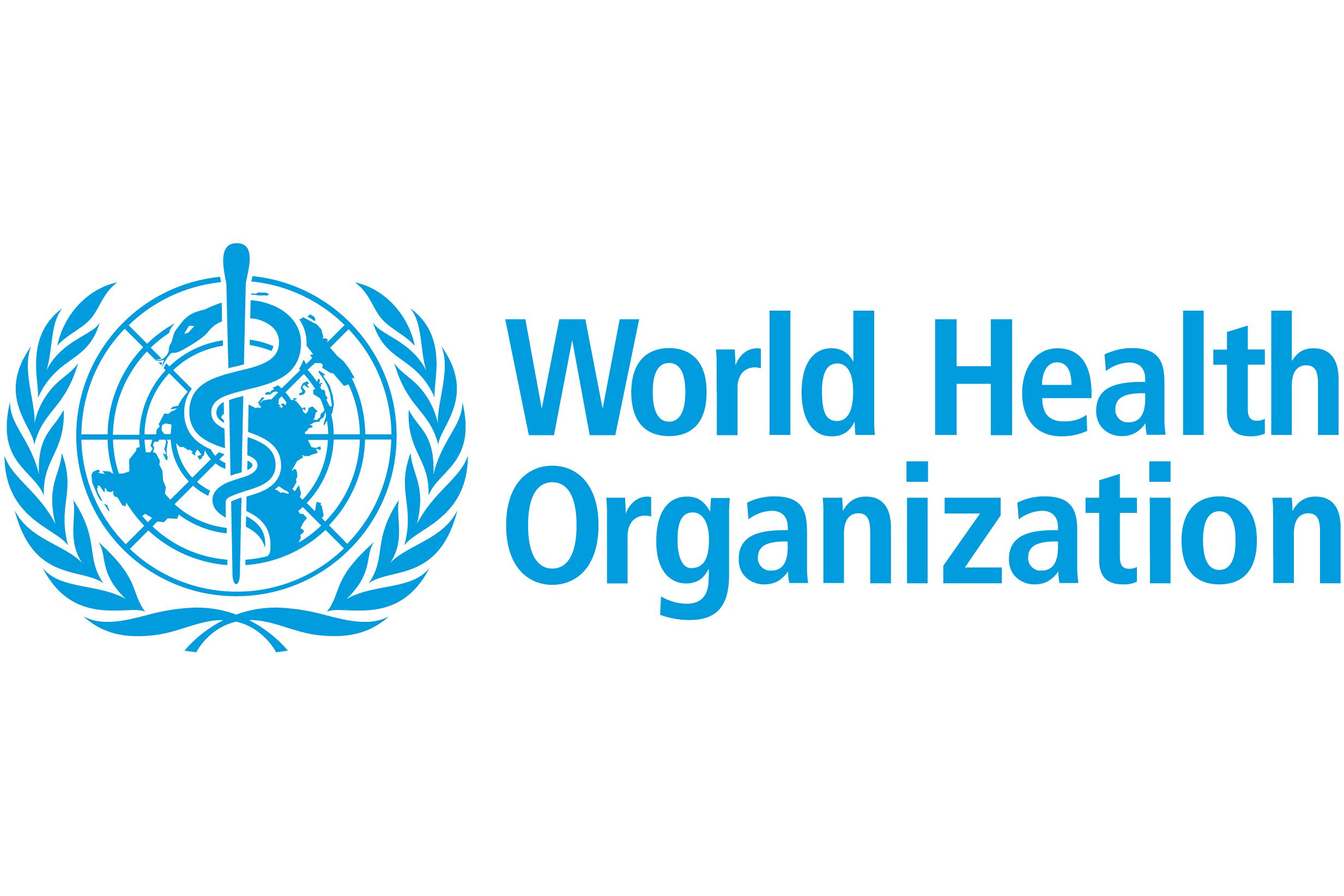
Two days later, China formally notifies WHO of the public health emergency taking shape and begins updating the United States about the outbreak.
Jan. 13-16: Arrival in Thailand and Japan

Thailand reports its first case of COVID-19 just 10 days later — a 61-year old Chinese woman from Wuhan. After developing a fever with chills and a sore throat, the woman took a direct flight to Thailand from Wuhan City, according to WHO. Though the woman had a history of shopping at wet markets, she had not specifically shopped at the Huanan Seafood Market. Japan soon reports its first case as well, a man in his mid-30s.
Jan. 20: China’s Declaration

With four deaths reported, China labels the new coronavirus a Class B infectious disease that’s serious or permanent in nature, according to the U.S. Department of Health and Human Services. At around the same time, South Korea confirms its first case of the disease.
Trending on Cheapism
Jan. 21: U.S. Arrival

The COVID-19 diagnosis of a Washington state man who’d traveled to the Wuhan area marks the beginning of a U.S. struggle with the disease just as Hong Kong and Taiwan announce their first cases. The disease continues to spread in mainland China, popping up in Beijing, Shenzhen, and Shanghai. Officials from WHO meet Jan. 22-23 but decide not to declare the outbreak a Public Health Emergency of International Concern.
Late January: Global Spread

Jan. 26: Wild Animal Trade Ban

Related: Places Nature Reclaimed When Humans Retreated During the Lockdown
Sign up for our newsletter
Jan. 29: Evacuation From Wuhan

Related: This U.S. Airline Has Cut 76% of Its Routes Because of the Coronavirus
Jan. 30: Borders Close

WHO finally declares the coronavirus outbreak a Public Health Emergency of International Concern requiring a coordinated response. At the same time, Russia closes its border with China and the United States issues a Level 4 (“Do not travel”) travel advisory for China.
Early February: Emergency Use of Diagnostic Tests

Feb. 6: First Death of an American

A 60-year-old American citizen in Wuhan dies from COVID-19, becoming the first officially linked American fatality. Though about 800 Americans and their family had been evacuated, the man had remained behind for unknown reasons.
Feb. 7: U.S. Pledges Help

The United States pledges $100 million to help fight the coronavirus the same day Li Wenliang, one of eight whistleblower doctors who alerted the world to the disease, dies from it. By Feb. 9, the death toll from the novel coronavirus surpasses the toll from the SARS epidemic of 2002-2003.
Feb. 25: America Warned

U.S. officials issue a formal warning about COVID-19, with the CDC saying people should prepare for its likely spread, and U.S. senators returning to Washington after a weeklong recess are scheduled to get a classified briefing on the Trump administration’s planned response to the virus. Trump names Vice President Mike Pence to lead the nation’s response.
Feb. 29: First Death Within U.S. Borders

Early March: Widening Emergency

A wave of the coronavirus arrives in the United States. In the earliest days of the month, the U.S. reports its second COVID-19 death and Florida, California, New York, and Rhode Island declare states of emergency. The disease arrives in Kentucky, Oklahoma, Kansas, Washington, D.C., Iowa, Louisiana, and Connecticut, and by March 10, about 23 states declare as well. New Jersey and South Dakota report their first COVID-19 deaths. On the presidential level, Trump opts to skip a coronavirus briefing; Pence leads the meeting instead.
Mid-March: Life Unravels
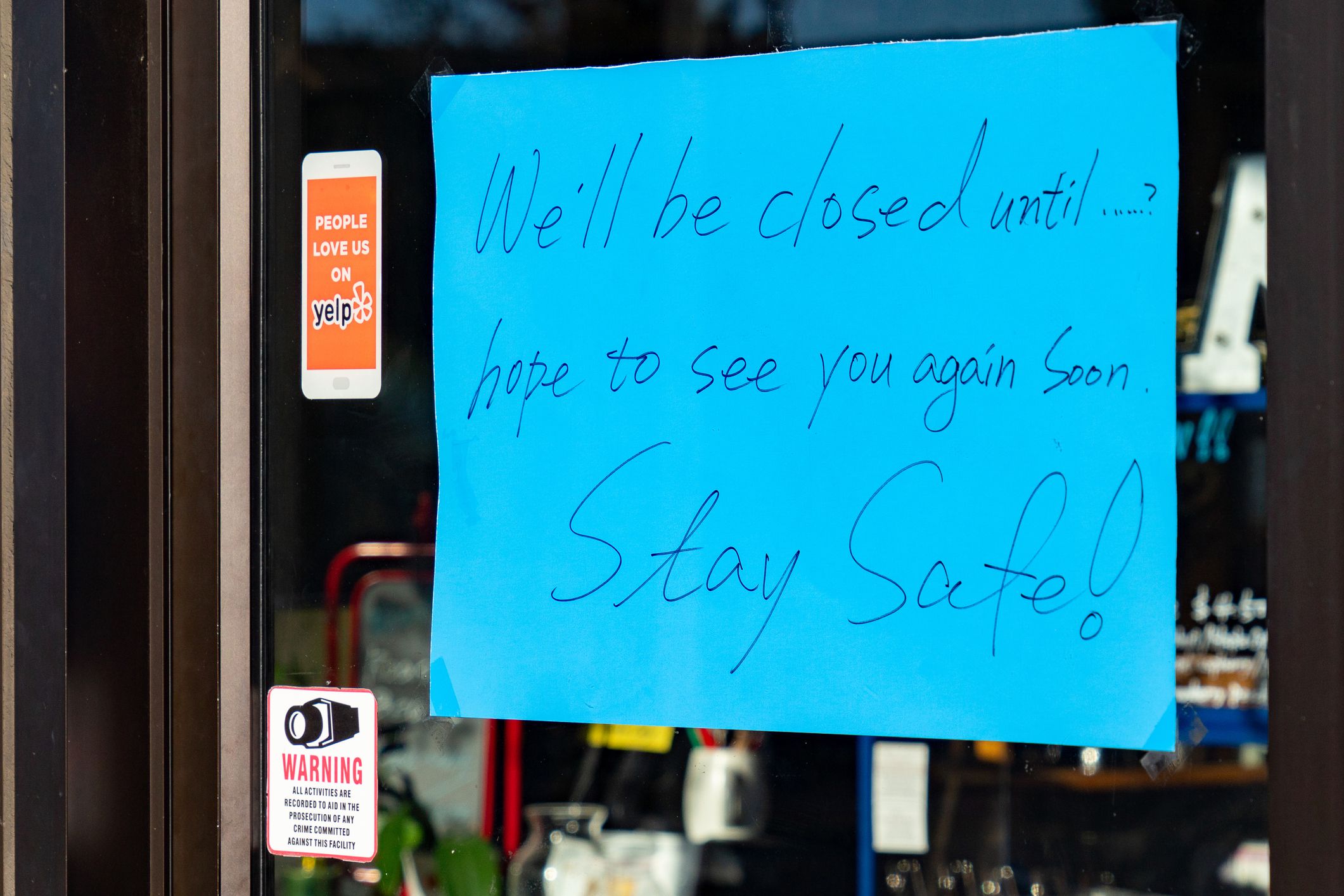
With public emergencies and bans on public gatherings declared in more than two dozen states, cultural and sporting events are shuttered. The Coachella music festival announces March 10 it would be postponed until at least October; the next day — as the United States suspends entry to all foreign nationals traveling from China, Iran, and certain European countries — the NBA suspends its season. The CDC joins the chorus, urging people across the United States to cancel or postpone events of 50 or more attendees for at least eight weeks. On March 12, Ohio announces public schools are closing until at least April 3, followed by 16 additional states, and Massachusetts leads a wave of restaurant and public dining crackdowns, with eating and drinking at bars ended until at least April 17.
Related: Iconic Activities Canceled by COVID-19 in Every State
Mid-March: Toilet Paper Rush
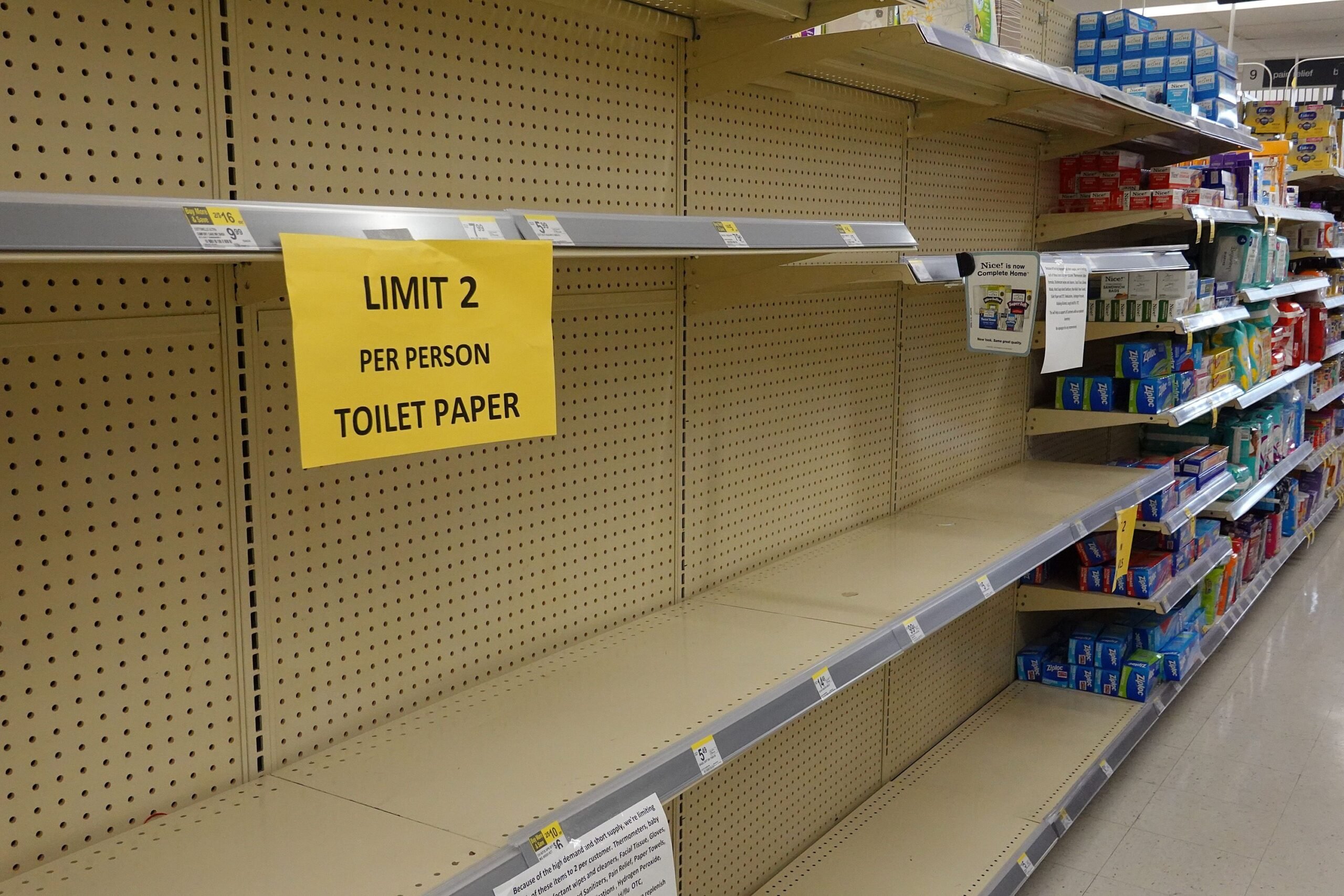
Related: 14 Creative Alternatives to Household Products in Short Supply — and 4 to Skip
March 12: Stock Market Crash

Related: 15 Industries That Would Benefit From a Recession
March 13: A National Emergency
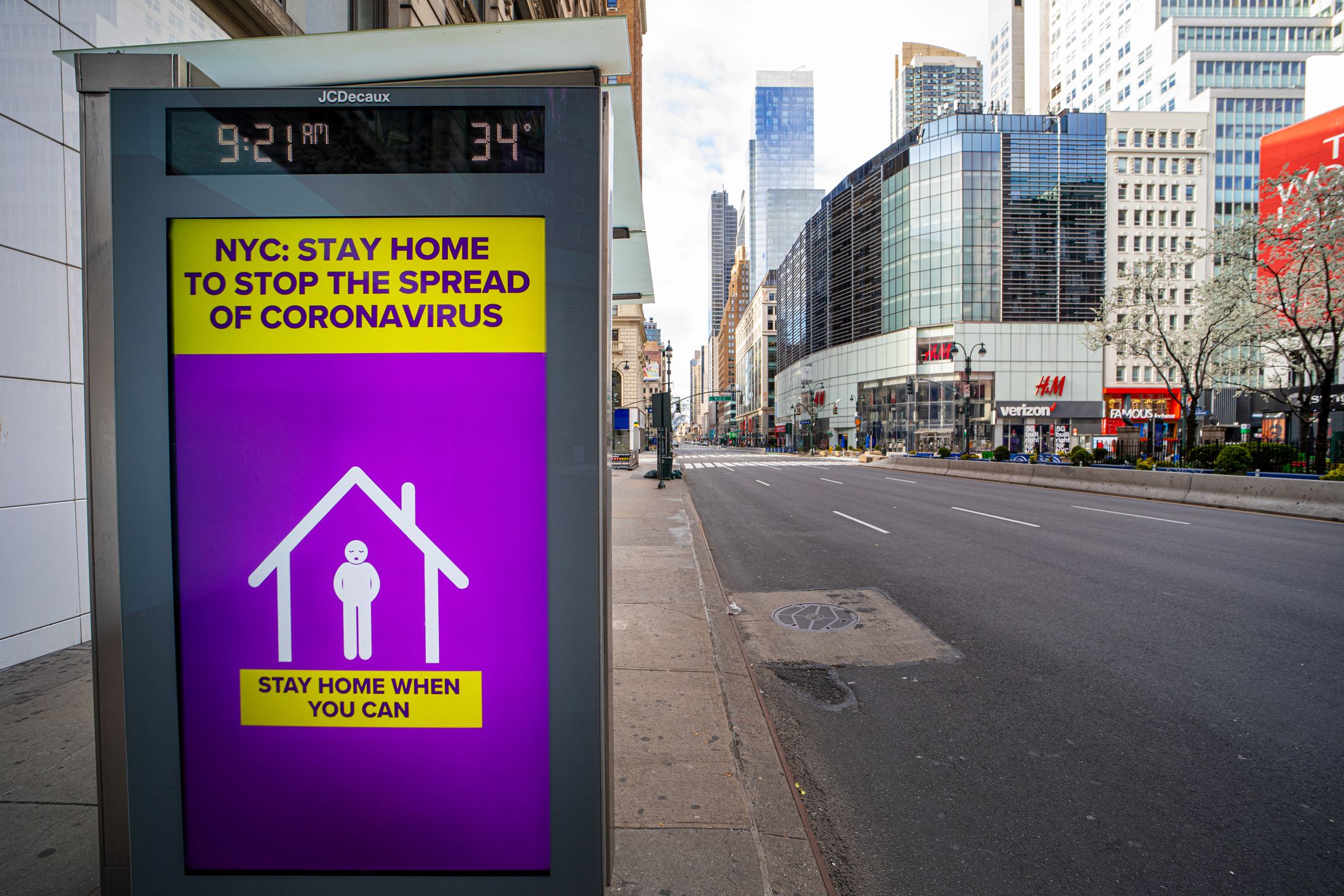
Trump declares a state of National Emergency under the Stafford Act. “Only the federal government can provide the necessary coordination to address a pandemic of this national size,” says a proclamation in his name. “It is the preeminent responsibility of the federal government to take action to stem a nationwide pandemic.”
March 14: Crisis Deepens

The United States records 2,750 COVID-19 cases. With the exception of West Virginia, the disease has reached every state in the country; Georgia postpones its Democratic primary out of safety concerns.
Related: Is Your State Doing Enough to Combat the Coronavirus?March 15: Hospitals Fill

States begin to deal with hospitals being overrun by patients; in New York, Mayor Bill DeBlasio signs an executive order for New York City hospitals to cancel all elective surgeries.
Related: How to Help the Essential Workers on the Front Lines of the Coronavirus Fight
March 15: Stock Market Roller Coaster Ride
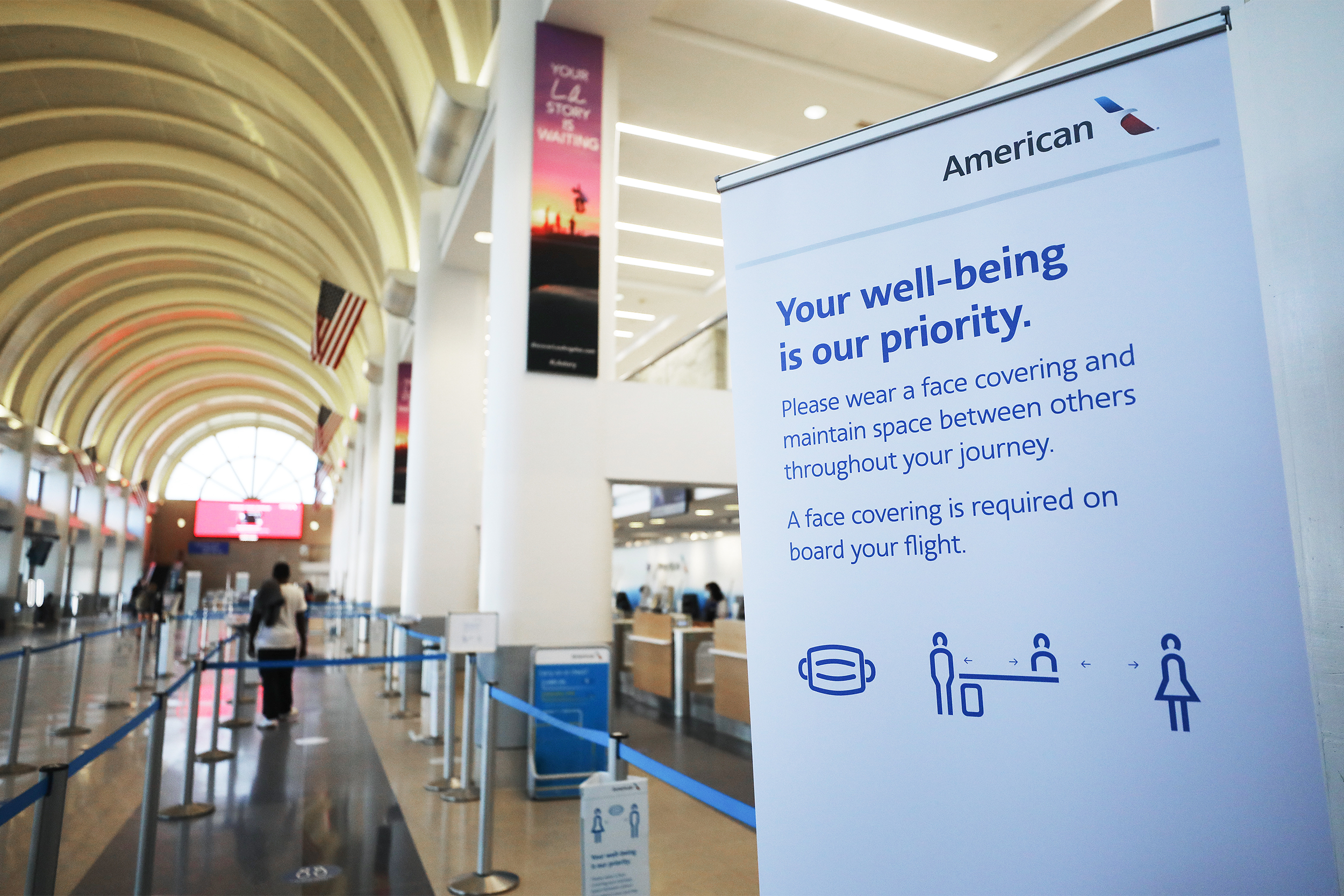
Related: 14 Industries That Have Been Hit Hardest by the Pandemic
March 18: Coronavirus Relief

In an attempt to help prop up the floundering U.S. economy and help the millions of Americans out of work, Trump signs the Families First Coronavirus Response Act — the only relief the U.S. government has provided after the Republican-led U.S. Senate focused on appointing a Supreme Court nominee, then adjourned without taking up another relief bill. Trump invokes the Defense Production Act on March 20 to allow the administration to force manufacturers to make medical supplies in short supply.
Related: These States Made History With Record Unemployment Amid the Pandemic
March 19: Stay At Home Orders

Related: 41 Things to Do to Before Lockdown Ends
March 26: New York City Epicenter
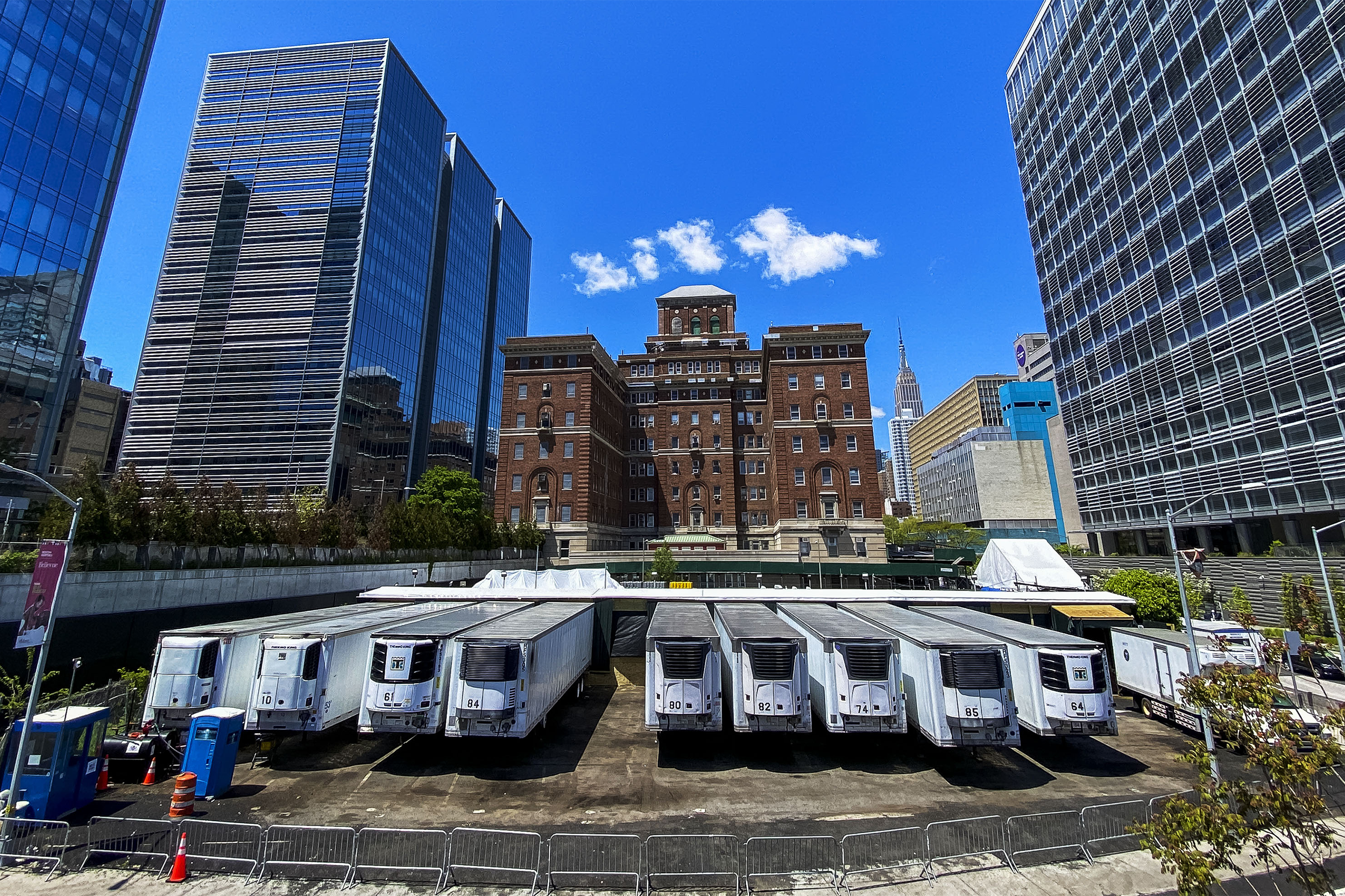
New York has dominated the news for much of the coronavirus crisis — largely because at this moment in spring the city is labeled the epicenter of the U.S. outbreak, with reported cases doubling every three days at one point. By April 10, New York City was reported as having more COVID-19 cases than any country: 159,937 cases. The runner-ups were Spain, with 153,000 cases at the time, and Italy at 143,000.
April 4: Trump Suggests Hydroxychloroquine
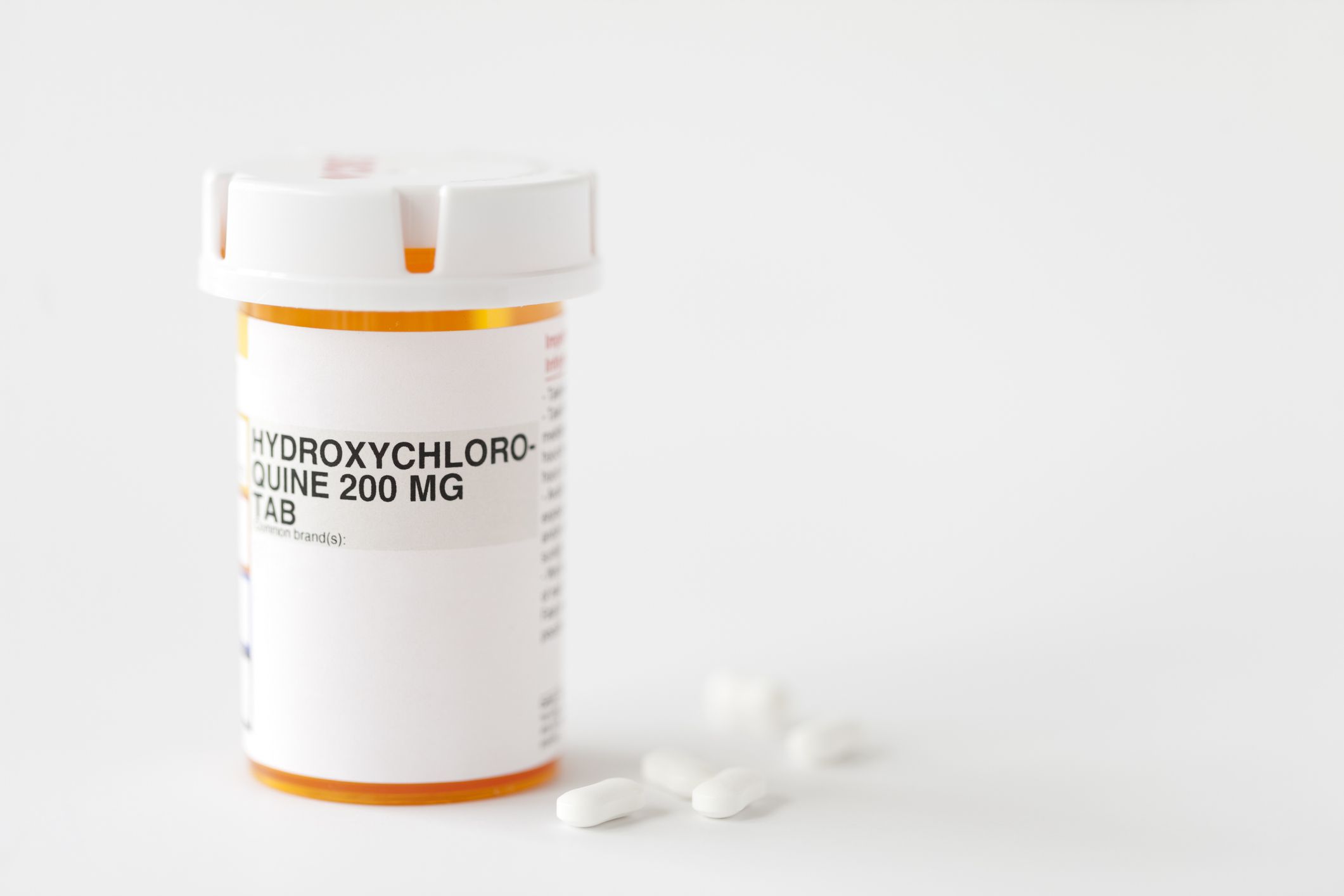
Related: This Is the Only Disinfectant Proven to Kill the Coronavirus
April: Trump Seeks to Reopen America
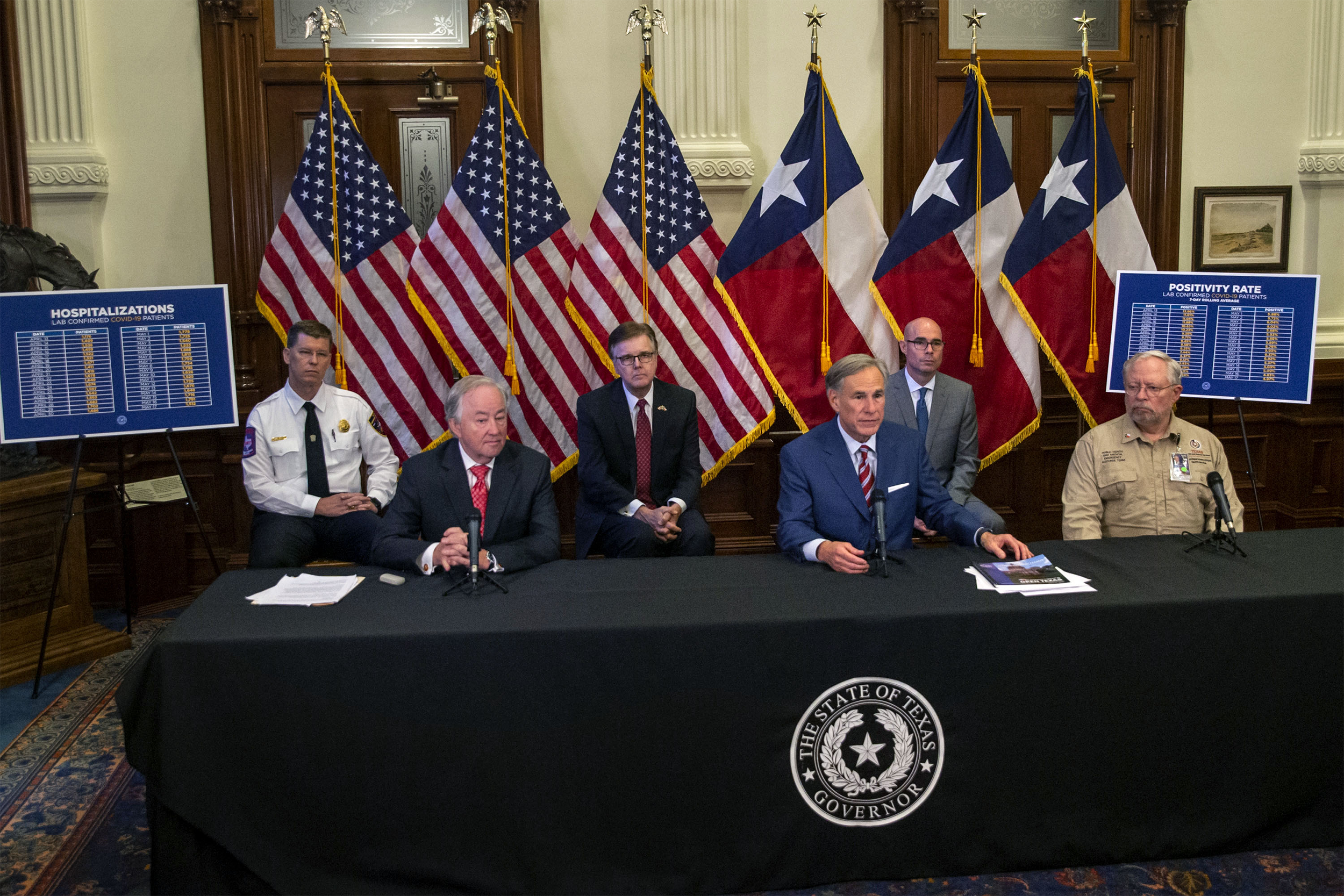
May: Children Die From Related Issue

It had been widely believed that children were less susceptible to COVID-19, but the theory is seemingly shattered when three young children die in New York of a mysterious, toxic-shock inflammation syndrome linked to the coronavirus. An additional 73 children are identified as also infected by the syndrome.
June: Reopenings
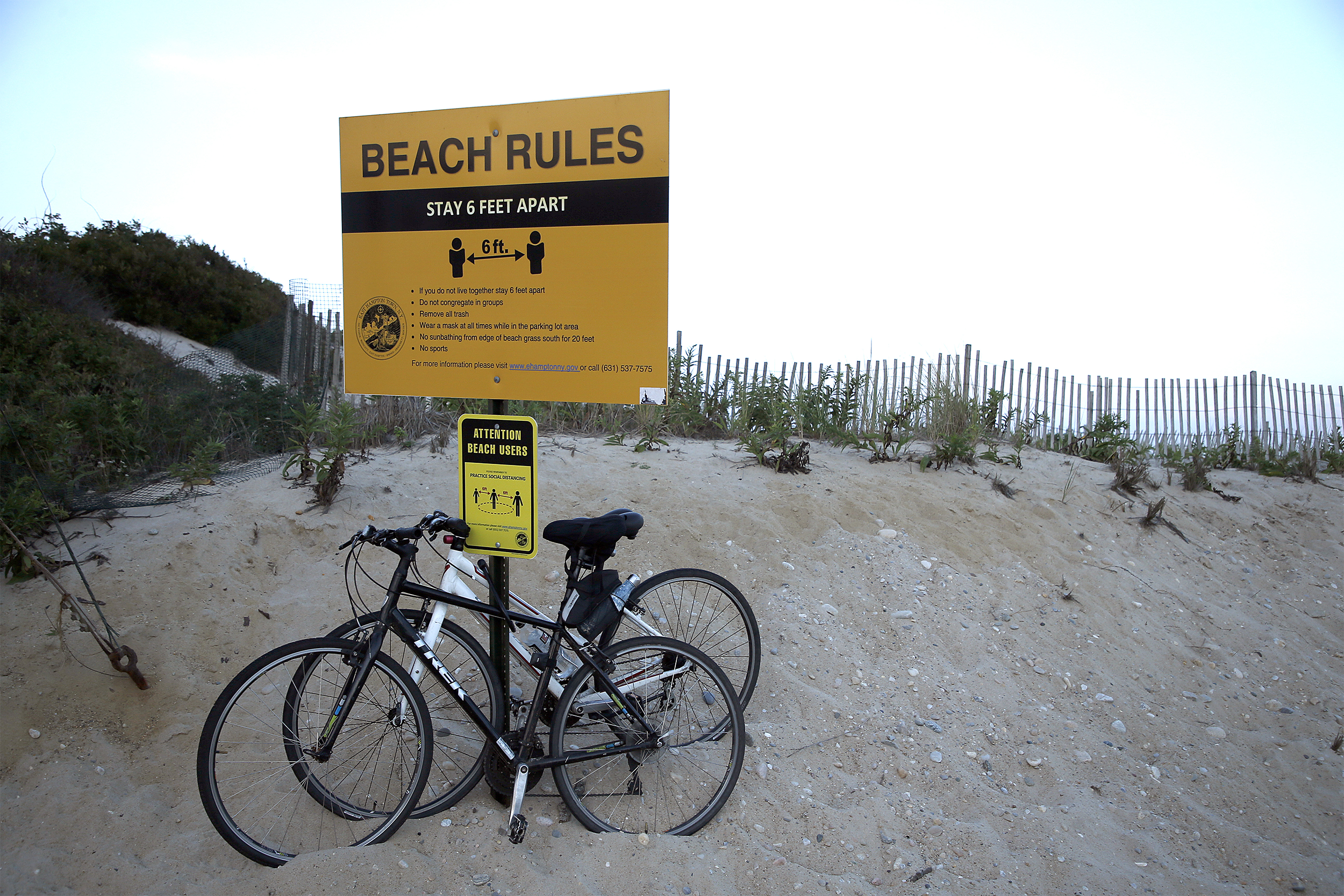
Related: Are People In Your State Staying Home?
Late June: Quarantines for U.S. Travel
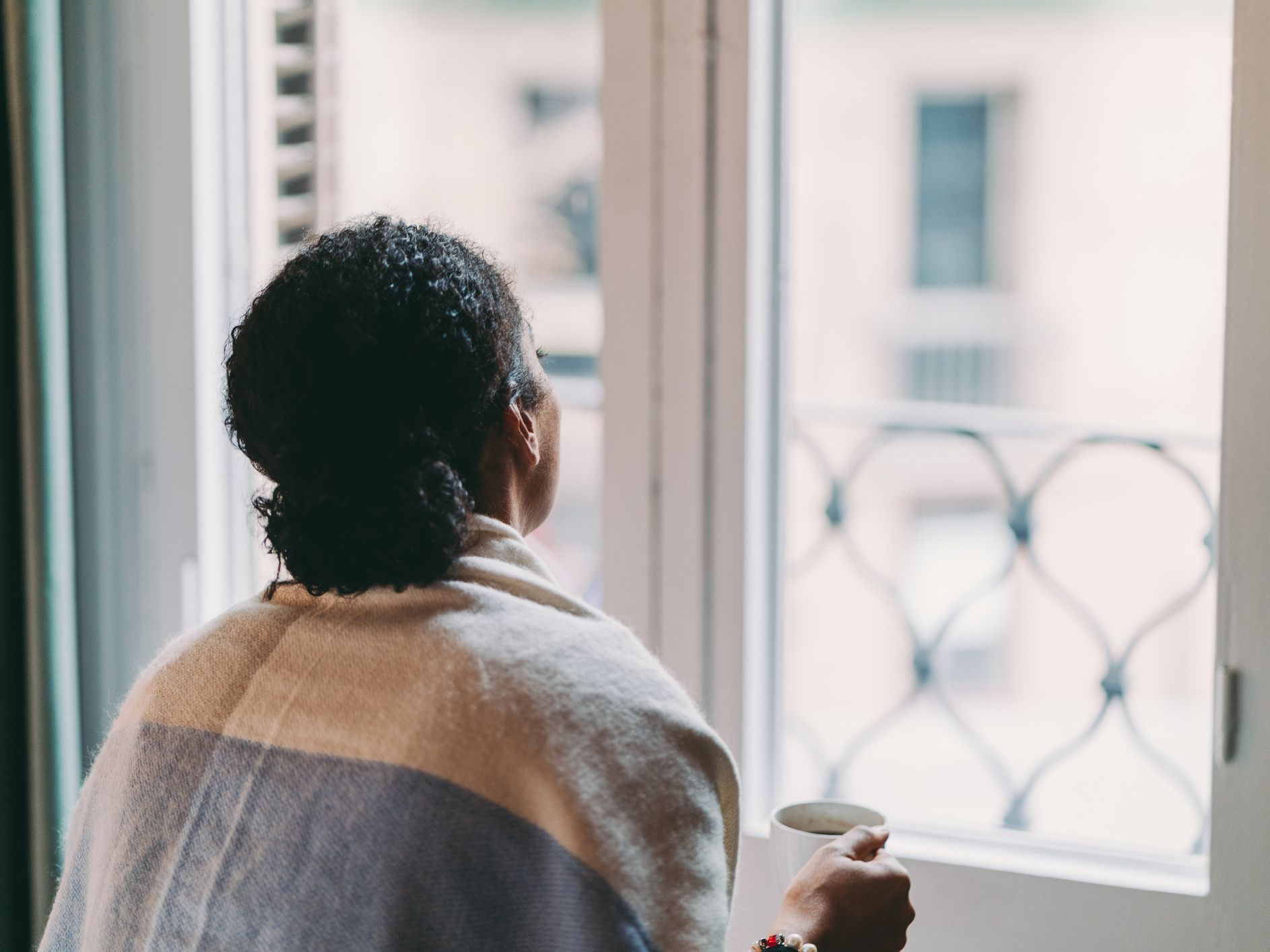
With the United States still a mixed bag of some states improving and some growing worse, travel quarantines for Americans venturing from state to state become reality. New York, New Jersey and Connecticut require visitors from “hot spot” states to self-quarantine for 14 days.
Related: I Drove Cross-Country During the Pandemic — Here’s What I Learned
July: Face Mask Wars
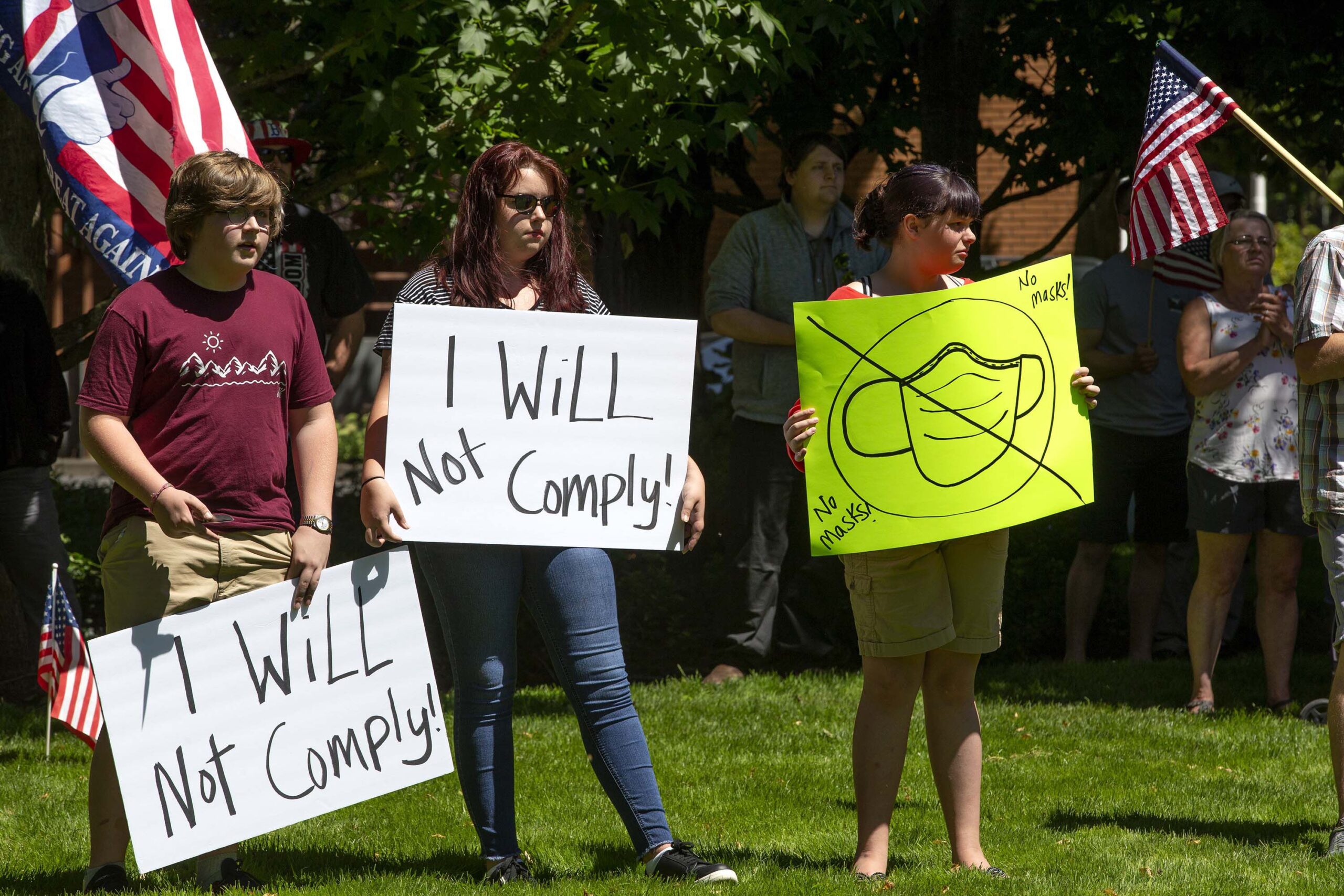
Related: Masks and Accessories to Make Covering Your Face More Comfortable
Aug. 23: Signs of Improvement
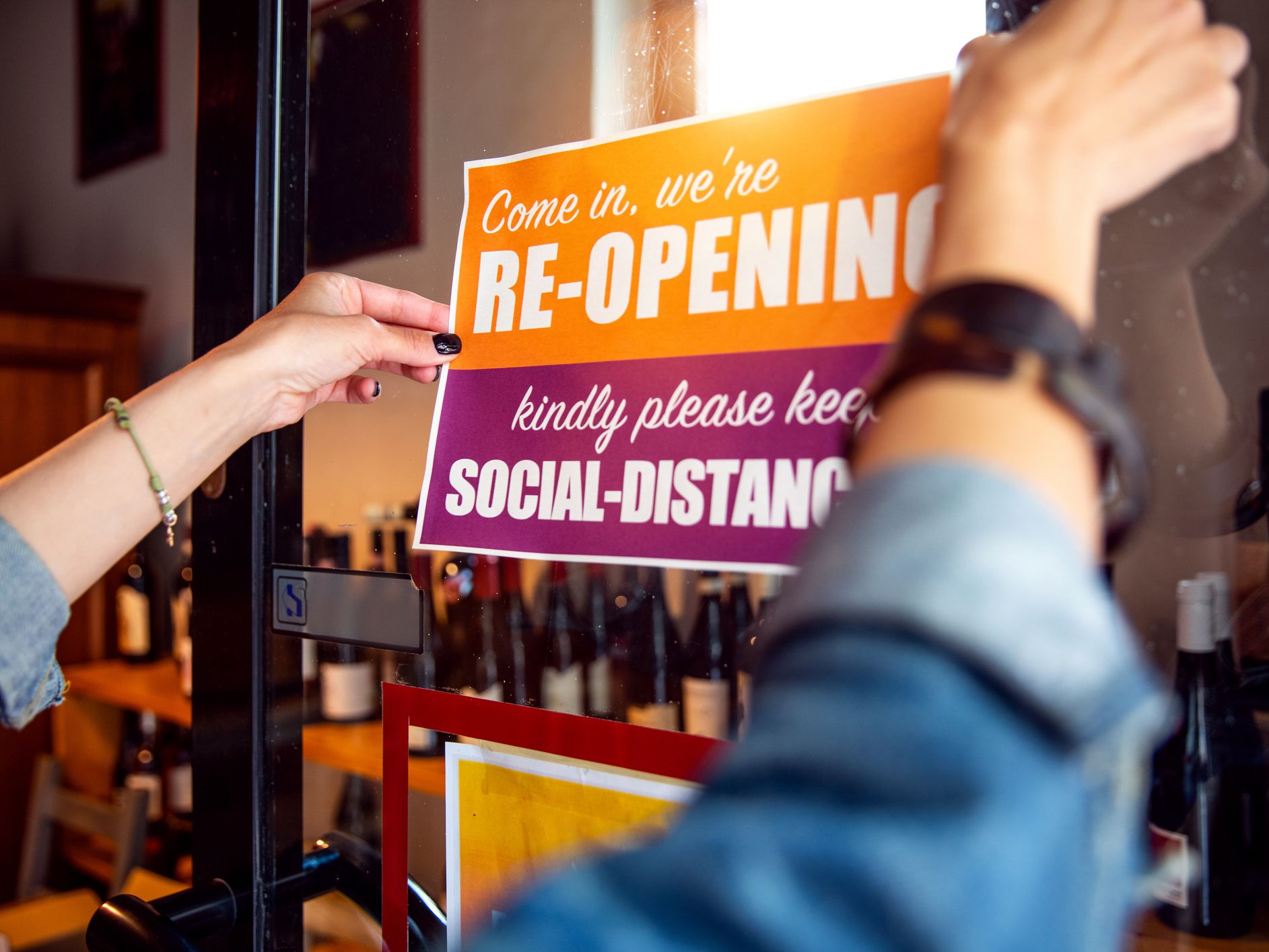
New York, which for so long was ground zero for the coronavirus, announces it has reached a record-low number of COVID-19 hospitalizations: 16 straight days with a positivity rate below 1%. By Aug. 28, New York reaches its lowest rate of COVID-19 infection since the pandemic began: 0.65%.
Related: Iconic Restaurants That the Pandemic Has Closed Permanently
Fall: Short-Lived Sense of Normalcy

Oct. 2: COVID-19 at the White House

Related: President Trump and Other COVID-19 Skeptics Who Contracted the Virus
November: Second Surge

Related: How to Prepare for Another Round of Stay-at-Home Orders
Now: Toll of Death and Illness
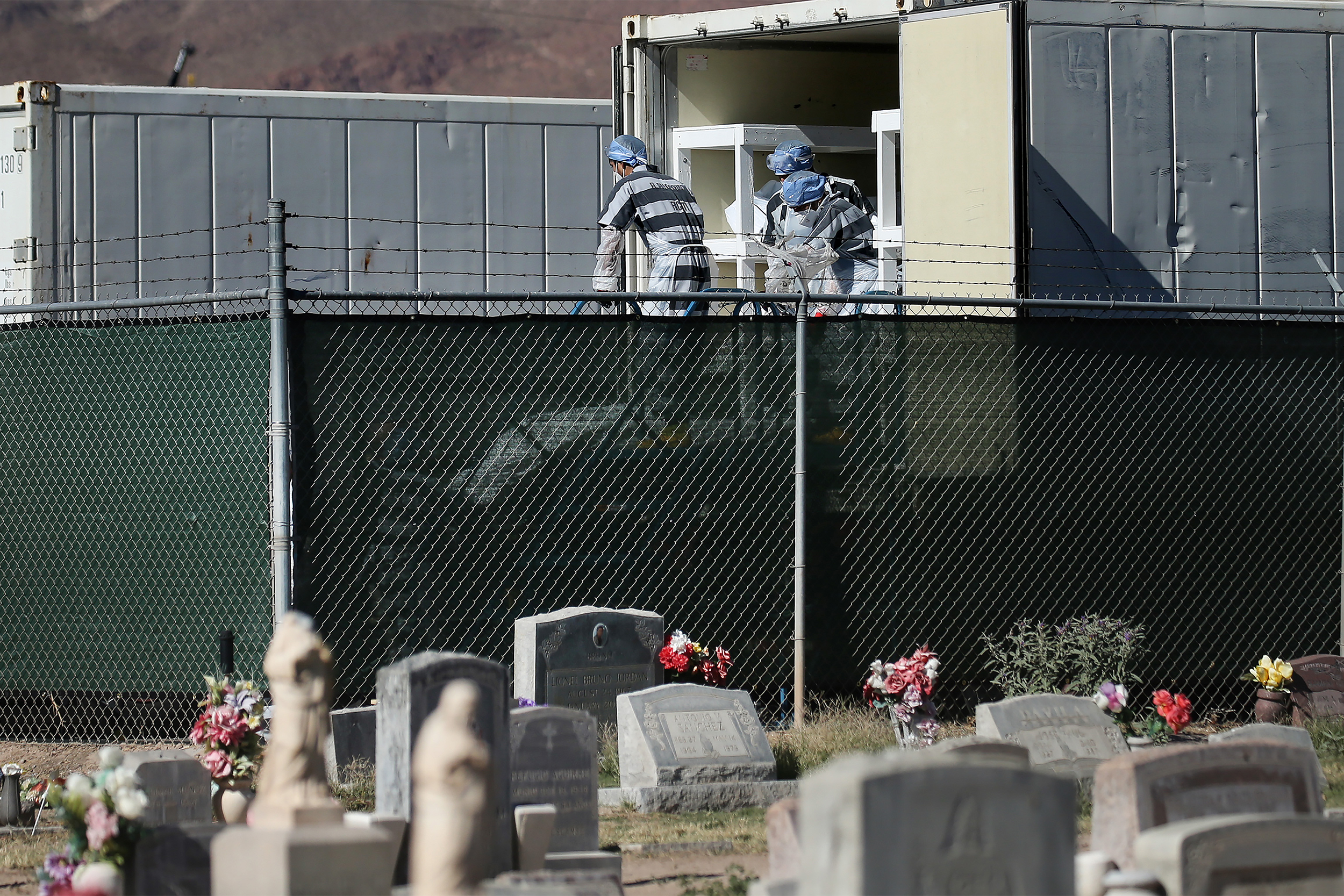
Cases in the United States and globally are rising precipitously. WHO’s coronavirus disease dashboard reported that as of Nov. 18 there are 55.3 million cases worldwide, including 1.3 million deaths. In the United States, to date, there have been 11 million confirmed cases, putting us millions ahead of other countries around the world. At a distant second is India with 8.9 million confirmed cases, followed by Brazil with 5.8 million cases.
Related: Pandemic Relief Resources You Need to Know About Right Now
